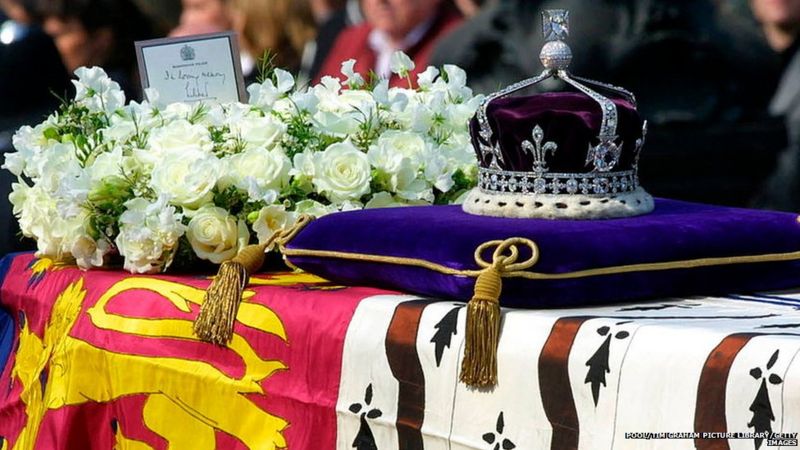
Story of world’s most famous diamond Kohinoor

The matter is dated March 29, 1849. In the middle of the fort, 10-year-old Maharaja Dalip Singh was brought to the Sheesh Mahal. The boy’s father Maharaja Ranjit Singh had passed away a decade earlier. Her mother Rani Jindan Kaur was forcefully sent to another palace outside the city forcibly.
The British were wearing a circle around Dalip Singh wearing a red coat and a hat. After a while, in a public ceremony, he signed the document in front of the remaining chiefs of his court, which the British government had been waiting for years.
Within a few minutes, the Sikh Khalsa flag was lowered at the Lahore Fort and in place of it, the East India Company’s flag of the flag began to be waved. With this, not only the East India Company dominated the Sikh Empire, but the world’s most famous diamond Kohinoor also came under their control.
Hen
It is said about Kohinoor that it was probably taken out by the Turks from the eye of an idol in a South Indian temple. William Dalremple, the author of the book ‘Kohinoors The Story of the Worlds Most Infamous Diamond’, says, “The first official mention of the Kohinoor is found in 1750 by the Persian historian Mohammad Marawi in Nadir Shah’s description of India. Marawi writes that he saw Kohinoor with his own eyes.
He was then in the upper part of the plank, which Nadirshah had looted from Delhi and taken to Iran. The Kohinoor was equal to the chicken hen’s egg, and it was said that it could be sold and fed to people all over the world for two and a half days.
It took twice as much money to build the plank-touse than the Taj Mahal. Later Kohinoor was taken out of the plank so that Nadir Shah could tie it in his arm.
Nadirshah carried out the murder in Delhi
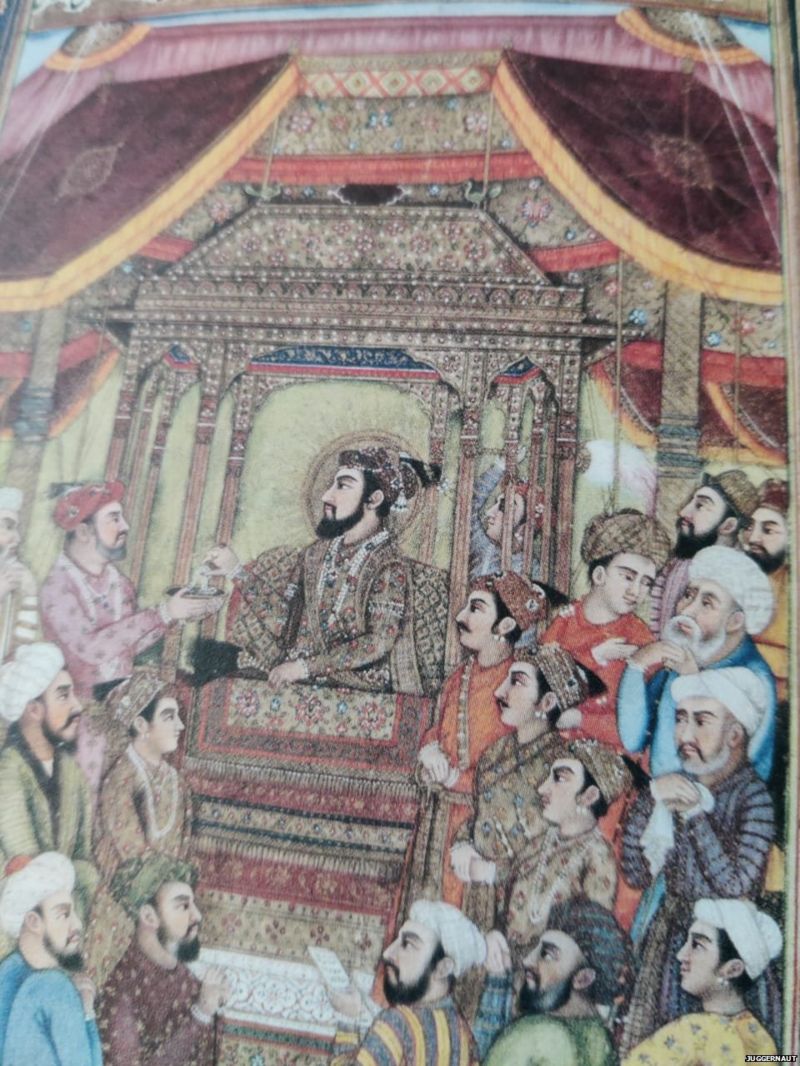
Nadirshah had defeated the army of one million people of Mughal Emperor Mohammad Shah Rangile due to his one and a half lakh soldiers near Karnal. On reaching Delhi, Nadirshah committed such a murder – whose examples are rarely found in history.
Famous historians Sir HM Elliot and John Dosson write in their book, ‘The History of India as Told by its Own Historians’,’ As soon as forty thousand soldiers of Nadirshah entered Delhi, the price of food grains went to the sky. When Nadir Shah’s soldiers wanted to negotiate, there was a clash between them and the shopkeepers and people started attacking the soldiers.
By noon, nine hundred Persian soldiers had been killed. Then Nadirshah ordered the slaughter of the population of Delhi. The massacre began at nine in the morning. Most people died around the Red Fort, Jama Masjid, Dariba and Chandni Chowk. Altogether thirty thousand people were killed.
Another historian Willem Floor writes in his book ‘New Facts of Nader Shaz India Campaign’, ‘Nizamul Mulk, commander of Mohammad Shah, went in front of Nadir Shah without a turban.
Both his hands were tied to his turban on the back side. He sat on his knees in front of them and said that instead of taking revenge on the people of Delhi, they should take their revenge from them.
Nadir Shah stopped the murder on the condition that he would give him hundred crores of rupees before he left Delhi. For the next few days, Nizamul Mulk plundered his own capital and paid that money. In a nutshell, ‘In a moment, the owner of the wealth accumulated by the Mughals for 348 years became the owner of someone else’.
Nadir Shah’s turban changed to grab Kohinoor
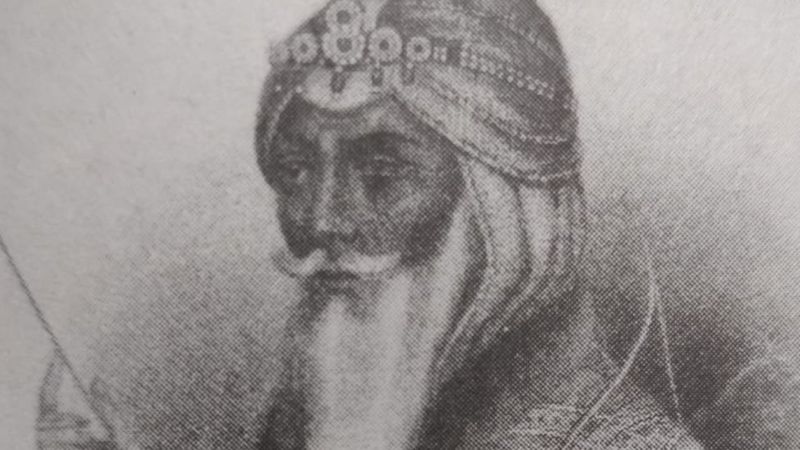
William Dolremple and Anita Anand have worked very hard to delve into the history of Kohinoor. Says Dolremple, “I started my research by talking to the experts of Mughal jewels.” Most of them were of the opinion that the common things about the history of Kohinoor are not right. It was only after going to Nadirshah that Kohinoor got the attention of the people for the first time.
Theo Metcalf writes that Noor Bai, a dancer of the court, told Nadirshah that Mohammad Shah hid the Kohinoor in his turban. On hearing this, Nadirshah told Mohammad Shah that for the sake of friendship, let us change our turbans among ourselves.
In this way Kohinoor came in the hands of Nadirshah. When he saw Kohinoor for the first time, he was stunned. He named it Kohinoor, the mountain of lights.
Persian historian Mohammad Kazim Marawi wrote in his book ‘Alam Ara-e-Nadri’ a very interesting statement about taking Delhi’s plunder to Afghanistan. Maravi writes, ‘On 16 May 1739, Nadirshah took the stand of his country after being in Delhi for 57 days. He took with him all the wealth of the Mughals collected from generations. His biggest loot was the plank-tauas in which the ruby of Kohinoor and Timur was planted.
All the looted treasure was loaded on 700 elephants, 400 camels and 17000 horses and left for Iran. When the entire army passed through the Chenab bridge, every soldier was searched. Many soldiers buried them in the ground for fear of confiscation of diamond gems. Some threw them into the river in the hope that they would later come back and lift them from the bottom of the river.
Kohinoor reached Maharaja Ranjit Singh in 1813.
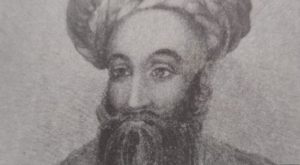
Kohinoor could not stay for a long time even near Nadirshah. After his assassination, the diamond came to his Afghan bodyguard Ahmed Shah Abdali and reached Maharaja Ranjit Singh in 1813 via several hands. It is stated in the account kept in the National Archives of India,
‘Maharaja Ranjit Singh used to tie Kohinoor in his arms on the occasion of Diwali, Dussehra and big festivals. Whenever a British officer used to come to his court, he was especially shown this diamond. Whenever he visited tours of Multan, Peshawar or other cities, Kohinoor used to accompany him.
After the victory of the British in the Anglo-Sikh battle, the Kohinoor lost their hands.
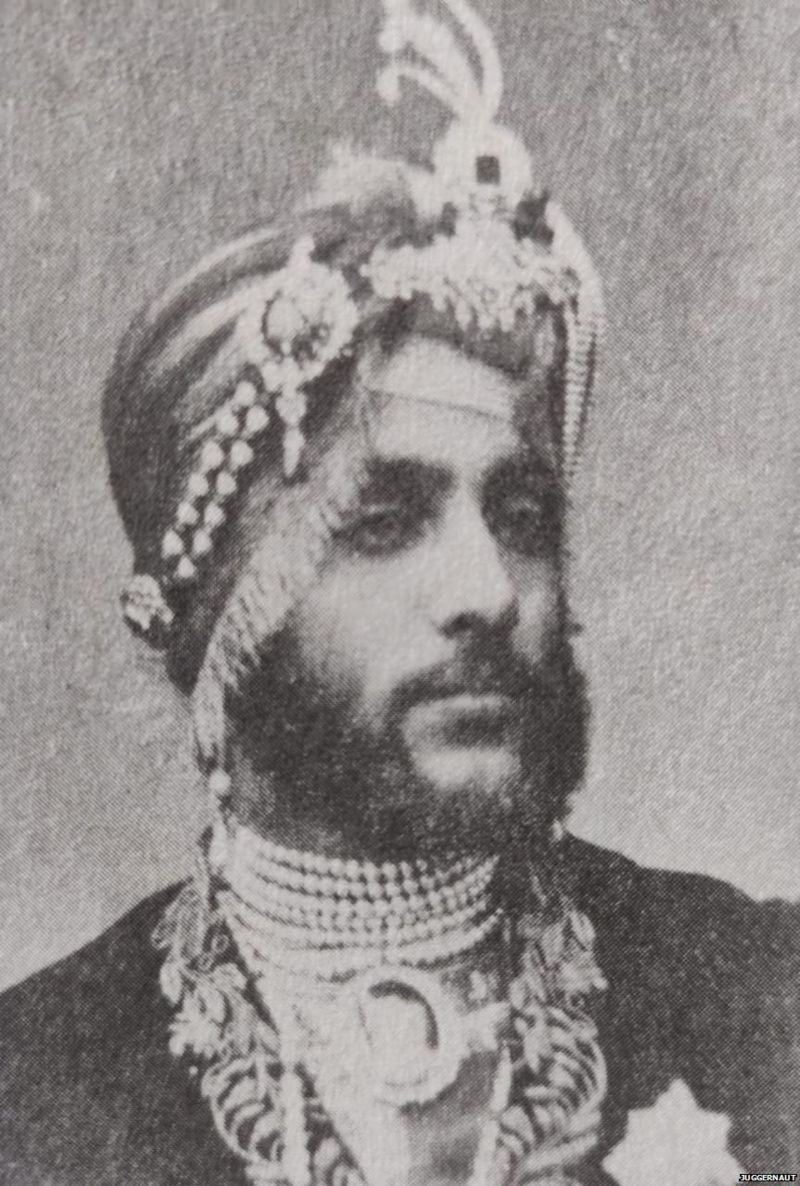
Ranjit Singh died in 1839. In 1843, five-year-old Dalip Singh was made the king of Punjab after a stiff power struggle. But after the victory of the British in the Second Anglo-Sikh War, their empire and Kohinoor were captured by the British. Dalip Singh was separated from his mother and sent to Fatehgarh Fort to live with an English couple.
Lord Dalhousie himself came to Lahore to take Kohinoor. The diamond was taken out of the Toshakhana there and placed in Dalhousie’s hands. At that time its weight was 190.3 carats. Lord Dalhousie decided to send Kohinoor to Queen Victoria by a ship ‘Medea’. The ship had to face many troubles on the way.
The ship carrying the Kohinoor got into trouble
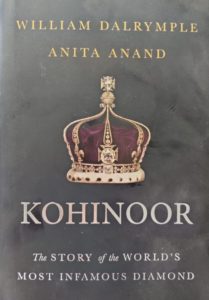
Anita Anand, co-author of ‘Kohinoor The Story of World’s Most Infamous Diamond’, states, “When the Kohinoor was boarded, the ship’s drivers were not even aware of what they were carrying with them. There was no problem for one or two weeks after the ship named Medea left for England, but then some people got sick and cholera spread on the ship. The captain of the ship told the drivers that there was nothing to worry as Mauritius was about to arrive.
Kohinoor’s unprecedented reception in London
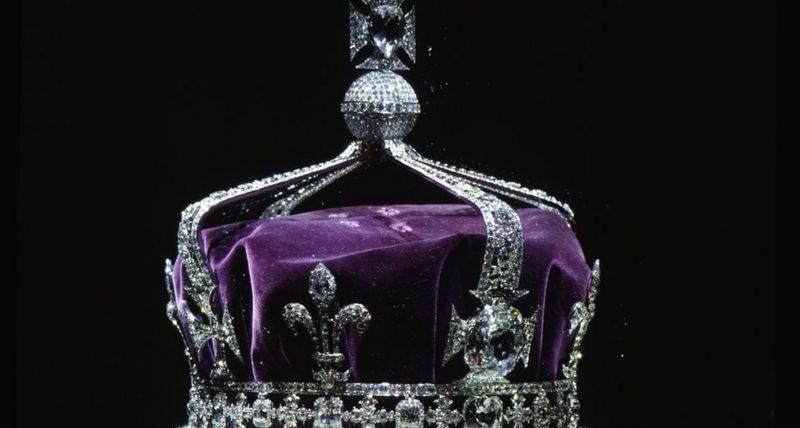
When Kohinoor arrived in London, it was displayed to the British public at the Crystal Palace. William Dalrempel says, “Three years after the Kohinoor was taken to Britain, it was exhibited there.” The Times wrote that never before has such a large gathering of people been seen in London. When the exhibition started, it was continuously drizzling.
When people reached the entrance of the exhibition, people had to line up for hours to enter. This diamond became a symbol of the power of British rule in the east and also showed the increasing impact of British military power.
Dalip Singh presented to Kohinoor Queen Victoria
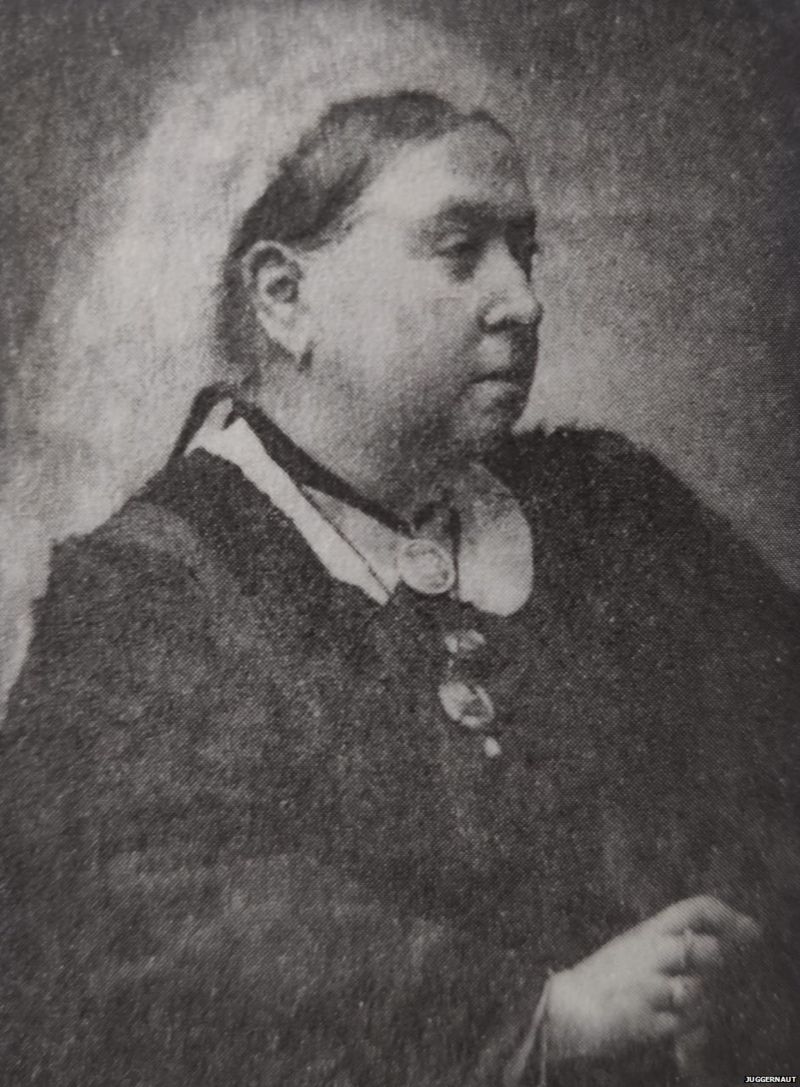
Meanwhile, Maharaja Dalip Singh, living in Fatehgarh Fort, expressed his desire to go to London to meet Queen Victoria. Rani also agreed to this. At the same place, Dalip Singh presented the Kohinoor diamond kept with Queen Victoria to him. Anita Anand says, ‘Queen Victoria always felt bad about what her government did to a child.
She wanted Dilip Singh wholeheartedly. Therefore, he was saddened at the dealings with him. Although Kohinoor had reached him two years ago, he had not worn it in public yet. They thought that if Dileep saw it, what would he think about them. Franz Zevre Winterhalter used to be a famous painter at that time.
Rani asked him to make a picture of Dalip Singh which she wanted to install in her palace. While Dilip Singh was making his portrait standing on the stage in the white drawing room of Buckingham Palace, the queen called a soldier and asked him to bring a box in which the Kohinoor was kept.
He told Dalip Singh that I want to show you one thing. Dalip Singh took Kohinoor in his hands as soon as he saw it. He took it to the window and saw it in the sun. By that time, the appearance of that Kohinoor had changed and it had been cut.
Now he was no longer the Kohinoor that Dalip Singh used to wear when he was the Maharaja of Punjab. After watching Kohinoor for a while, Dalip Singh told the Queen, “Your Majesty it is a great honor for me to give this diamond to you as a gift.” Victoria took the diamond from him and kept wearing it continuously till his death.



